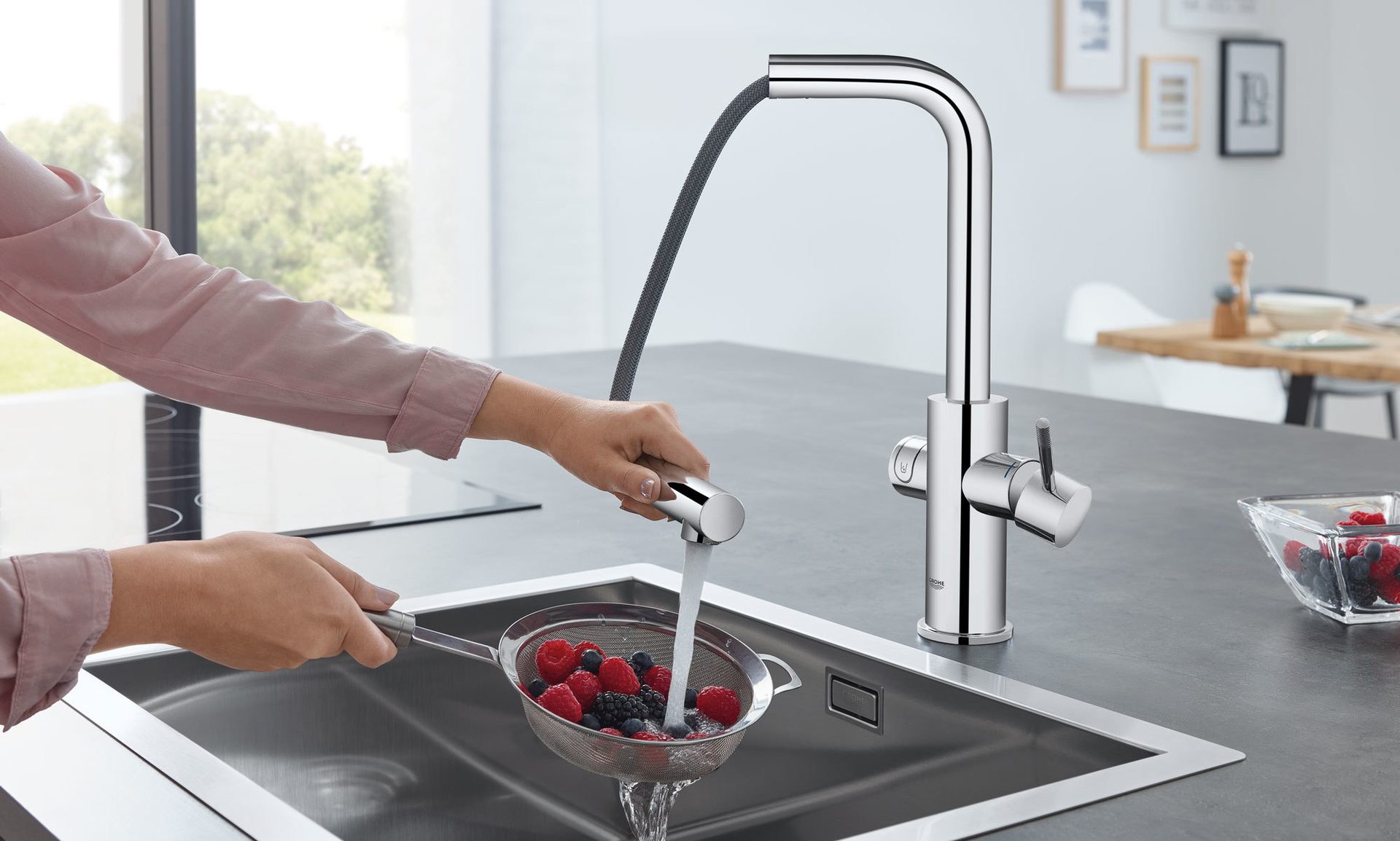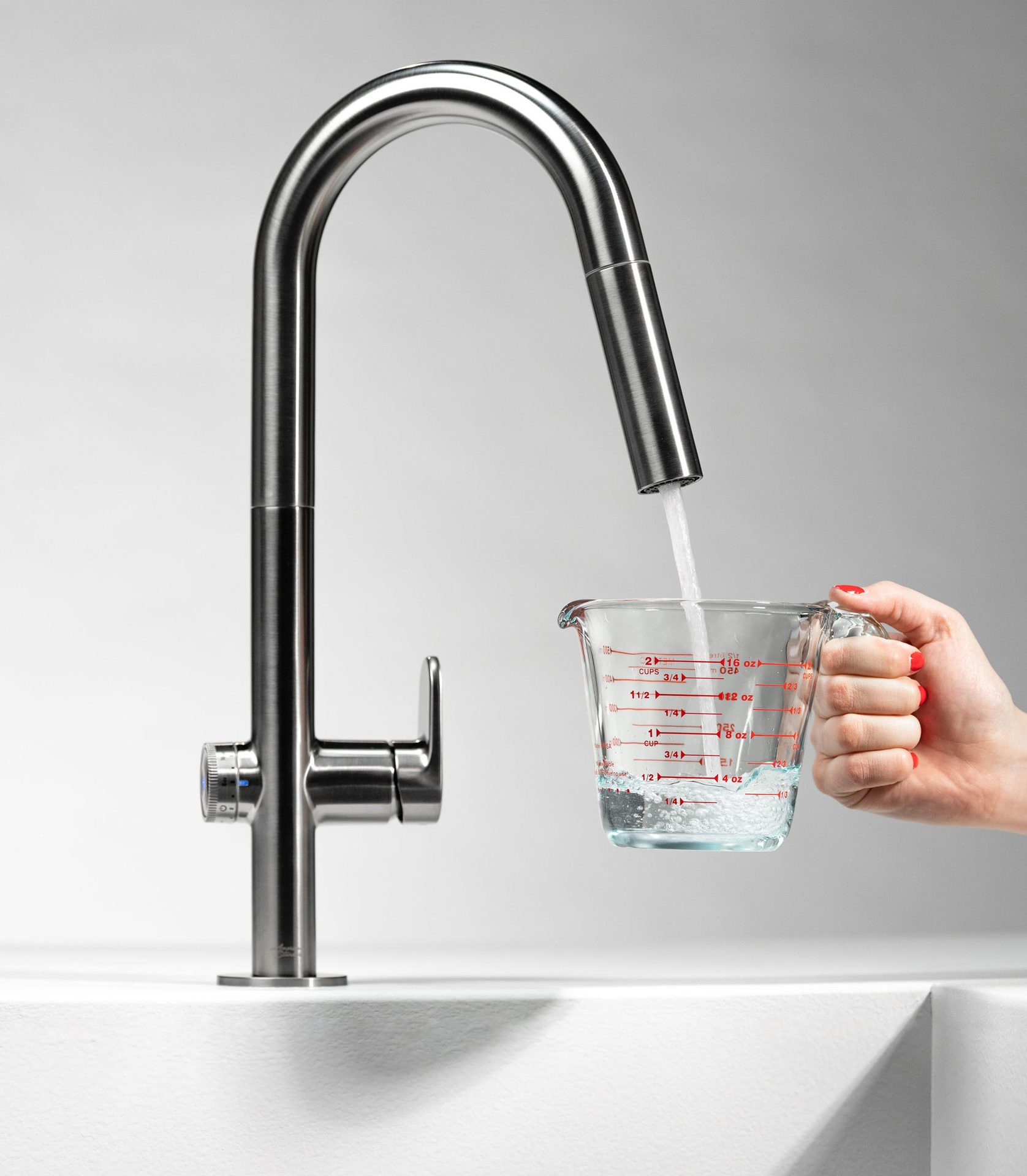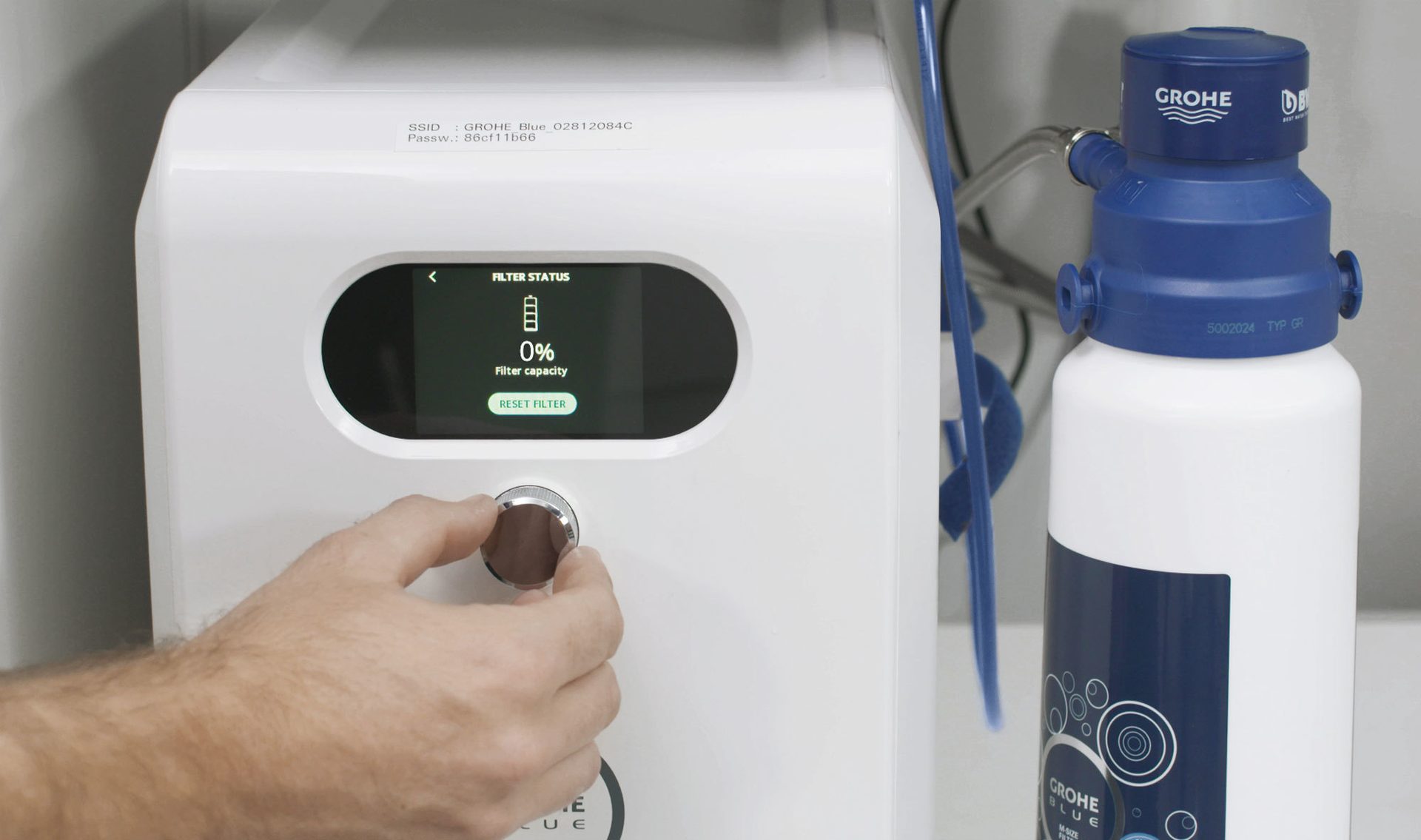RESIDENTIAL
Sustainability is the foundation of future smart homes
Homes now built with a basis of technology, water safety and conservation is top of mind.
By: Trey Northrup
Bath and kitchen products should empower homeowners to control their water usage, promoting less wasteful habits.
As little as a decade ago, we had no expectations that our products would talk to us or help us with basic household tasks. However, "Alexa, goodnight," "OK Google, turn down the temperature," and "Hey Siri, show me stores," are phrases which made our lives and our homes safer, simpler and smarter.
The Internet of Things (IoT) has married product with technology — a foundation on which we will build our future. However, this web of technology has taken a turn in the last two years. The pandemic, climate change and many other global factors have made health and hygiene a growing consideration among consumers. While the smart house is built on this foundation of technology, we cannot overlook the shift to product innovations that reduce physical touchpoints and provide easy access to hygiene and sanitation practices. And perhaps even-more-important question: how can we make smart homes sustainable? Good for the environment, and good for the humans living in them?
We live in a very different world than we did two years back. The pandemic distanced us socially but also brought us all together in many other ways. As an individual, I am more conscious of how my decisions impact the lives of others. However, before we can go forward we must look inward, examine how we currently live and find solutions to reduce energy consumption and waste production.
When looking at the future of smart homes, it is not about how many different kinds of technology or devices we can have at our fingertips. It is all about what purpose and impact these technologies are serving — how they are ensuring safety, health and resource efficiency for our consumers without compromising on the performance and preserving our environment at the same time. There is a real need for smarter, practical and high performing solutions for water efficiency. As a business, it’s not always easy. Sometimes, we find ourselves at a crossroads — developing these types of sustainable product takes a lot of time, energy and resources. In the end, we do it because it is the right thing to do.

There is a growing demand for affordable water products that remove impurities such as lead, chlorine and small particles in tap water.
Water is not simply a resource. It is the basis of life and a source of joy. Products in our kitchens and bathrooms need to be designed in a way that contribute to the environmental value of water instead of enabling wasteful behavior. Intelligent kitchen and bath solutions which empower consumers to control their water usage is where the future demand will be. For example:
• Kitchen faucets that measure the amount of water necessary for cooking or drinking, which eliminates waste from overfills;
• Showers with functionality to preset how much water you use, limiting consumption for your daily shower; and
• Systems that help recycle grey water, reducing the amount of waste that we put into the environment.
There is a growing demand for affordable water products that can also remove impurities such as lead, chlorine, and small particles in tap water.
These are all product innovations that respond to the need for efficiency and performance that our consumers demand from us. Currently, there are numerous certified "water-efficient" products available in the market which meet the regular government standards. But, are they enough? As an industry we need to push our boundaries and set more aggressive targets to reduce water usage through our products.
There is a growing demand for affordable water products that can also remove impurities such as lead, chlorine, and small particles in tap water. Sure, bottled water is readily available in supermarkets, but it is not economically or environmentally sustainable. Younger consumers expect better sensing and filtration technologies to enhance water-saving and water-purifying of various water-related products.

Kitchen faucets today can dispense the exact amount of water wanted by the consumer, eliminating wasted water.
There is a need for more innovative water monitoring systems in homes. Imagine a system in your smart home that sets water usage targets based on your monthly budget and external environment. A system that alerts you when you reach your set limit, helps you cut down your usage and warns you when tap water is not meeting safety standards. There are already water monitoring systems in the market, but we must continue to push the possibilities. Our industry should aspire to build systems that are more intelligent, predictive and prescriptive. We need to simplify the task of using water efficiently.

Products like the GROHE Blue Chilled & Sparkling provide great-tasting filtered water fresh from your kitchen faucet.
Business and product strategies, from ideation to manufacturing incorporate consumer needs when designing the new smart home. Businesses are now interacting with Global Citizens who prioritize health, sanitation and sustainability. These consumers evaluate many buying or selling decision through the lens of resource efficiency – which is why our industry must better incorporate designs that reduce waste and provide value to end-users.
Incorporating sustainability into businesses that equip and furnish smart homes requires awareness and dedication. We all must design and develop beautiful, high performing products and innovative solutions that reduce energy consumption and waste production. It is time to make the change.
About the Author
Trey Northrup is the Leader of LIXIL Americas.
Photos courtesy of LIXIL Americas.




